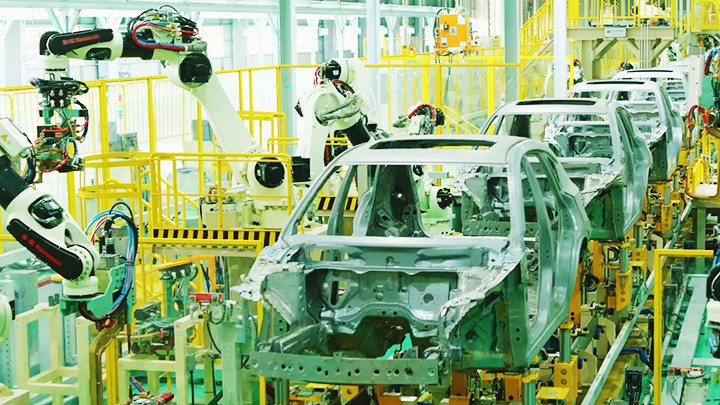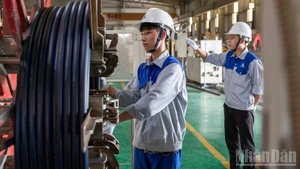The wave of workforce restructuring
In late 2024, a study published at the 8th Sales and Marketing Directors Summit (CSMOSummit) made a shocking prediction that 80% of accounting personnel could be replaced by artificial intelligence (AI) in the next 3 years!
AI is gradually "invading" repetitive and manual jobs in accounting. Many applications have emerged, marking a turning point in the industry, such as automated invoice and accounting document processing, smart auditing, virtual assistants, and chatbots. In many companies, tasks such as asset accounting, payroll accounting, and production accounting have gradually been automated. Only tasks related to payments, dealing with tax authorities, and auditing still require human involvement.
Nguyen Mai Linh, an accountant at a logistics company, shared: “AI can automatically process invoices, reconcile documents, detect errors, analyse financial data, and forecast cash flow with high accuracy. Previously, the company’s accounting department had more than 10 people, but it has been reduced by half after the Lunar New Year. The automated accounting software is replacing 80% of the daily tasks, which makes those of us still here extremely worried.”
Digital transformation has been spreading across many industries, causing workers in repetitive and non-creative jobs to gradually be replaced. According to Sacombank’s financial report for the fourth quarter of 2024, the bank’s workforce has been down to 17,058 people, a reduction of 351 compared to the end of 2023. Compared to 2019, Sacombank has reduced more than 1,000 employees, bringing the total workforce to its lowest level in the last eight years.
A representative from the bank explained that the workforce reduction was due to efforts to digitise internal processes, apply robotics, and use automated storage technology to handle repetitive tasks. "Recently, we have restructured and streamlined the workforce. Positions have been rearranged according to the new model, and positions that do not meet the required standards of competence and qualifications have been cut. Especially, highly manual jobs have been replaced by automation technology,” said Nguyen Thach Diem, CEO of Sacombank.
Other restructuring examples include BIDV cutting 1,000 employees by the end of 2024, VIB reducing 517 employees, and ACB decreasing 365 employees compared to 2023. Additionally, many businesses have aggressively reduced thousands of workers over the past year, such as: The gioi di dong, which cut 1,754 employees (3%) following its restructuring, and VNG Corporation, which reduced 265 employees.
What policies are needed to proactively respond?
Many experts believe that although AI will not completely replace humans, it will change the nature of their jobs. The stock market industry in 2024 is also seeing a wave of workforce streamlining. Many companies have reduced their workforce, such as VNDirect Securities cutting 97 people, SSI Securities cutting 84 people, and KB Securities cutting 46 people.
Nguyen Duc Nhan, Director of the Mirae Asset Hoan Kiem Business Centre (under Mirae Asset Vietnam Securities Joint Stock Company), said: "Previously, robots were seen only in modern factories, but now we see robots spread to light industries and supporting industries. AI may not replace humans entirely, but it will make 'average' workers lose their jobs. In the securities field, 3-5 years ago, many companies applied digital platforms, forcing employees to change and adapt."
Associate Professor, Dr Nguyen Lan Huong, former Director of the Institute of Labour Science and Social Affairs, stated that the labour market is facing significant changes. Over time, AI technology will gradually replace repetitive administrative jobs. However, modernisation and digitalisation will also create new segments in the labour market.
"The state management agencies need to make accurate forecasts to implement proactive policies in training the workforce for the future, while also helping vulnerable labour forces to transition to new jobs. Employment service centres also need to play a greater role in supporting workers to improve their skills and meet the new job segments,” emphasised Associate Professor Dr Nguyen Lan Huong.
















